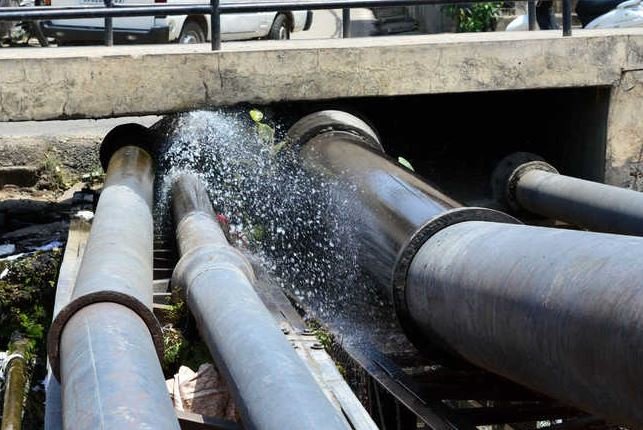Jammu today finds itself gripped by one of the worst urban water crises in recent memory, a calamity that is as much man-made as it is natural. The unprecedented rains and flash floods that pounded the city last week left behind broken infrastructure and crippled civic life, but what they truly exposed is the fragility of the city’s water supply system and the systemic governance failures that have long been ignored. This is not a sudden breakdown—it is the inevitable outcome of years of neglect, now playing out in the daily struggles of citizens who are left without water for even the most basic needs.
Nearly half of Jammu city is without a regular water supply. Three of its major lifelines—the Sitlee, Boria, and Dhounthly filtration plants on the river Tawi—lie battered and broken. Pipelines have been swept away, motors lie submerged, and silt has choked essential components. The Jammu Municipal Corporation, which took over the city’s water supply management in 2020, has been unable to restore even partial functionality. Where tube wells remain operational, the erratic and fragile power supply makes them ineffective, reducing them to little more than mechanical ornaments. Citizens, more than a week into this crisis, continue to go without safe drinking water, queuing up in desperation for tankers that are far too few to meet the demand. It is convenient to blame torrential rains for this suffering, but that is a dishonest escape. Disaster management is precisely about preparing for the worst, yet Jammu’s systems have repeatedly crumbled under even brief downpours. The Sitlee plant has been damaged in floods before, but no fortification or long-term redesign has been attempted. The Dhounthly Filtration Plant, a relic of the early 20th century, still supplies the old city with no significant upgrades. A supply that once ran twice daily now sputters once, if at all, depending on power availability. Company Bagh’s already overstretched system is now forced into alternate-day distribution, leaving vast stretches of the city dry. This is not an act of nature alone; it is the result of decades of inaction and policy paralysis. The decision to hand over the urban water supply to JMC in 2020, following persistent pressure from corporators, has been nothing short of a costly experiment. The civic body lacks the expertise, manpower, and infrastructure to shoulder such a massive responsibility. With not even one tanker available per ward, residents have been left scrambling for emergency supplies. Allegations of tanker misuse, overcharging, and arbitrary distribution highlight the absence of transparency and preparedness in handling a crisis of this magnitude. A much-publicised water helpline, touted as a citizen’s safety net, is virtually non-functional, with thousands of calls going unanswered. Perhaps the starkest symbol of neglect is the Chenab Water Supply Scheme. Conceived in 2014 and briefly revived in 2022, the Rs 1,300-crore project promised to diversify Jammu’s water sources and provide long-term relief. Today, it remains shelved for want of funds, while the city’s growing population remains entirely dependent on unreliable tube wells and vulnerable plants on the Tawi. The irony is bitter: while plans exist on paper for sustainable solutions, the people of Jammu are left struggling for a single bucket of water. This crisis has reduced citizens to helplessness, but it must also serve as a wake-up call. In the immediate term, every available resource—tankers, manpower, pumps, pipes, and funds—must be mobilized to restore supply. Departments beyond JMC must be drawn into a coordinated effort to repair plants, clean silt, and stabilise pipelines. Yet once temporary relief is secured, the larger lesson cannot be ignored. Jammu’s water system is a disaster waiting to happen again, and unless structural reforms are initiated, the city will continue to stagger from one breakdown to the next.
What is required is not patchwork but vision: augmentation of existing systems, diversification of sources, and completion of stalled projects like the Chenab Water Scheme. Dedicated power lines for tube wells, alternative energy backups, and modernized filtration plants must replace century-old legacies. Water cannot be treated as a commodity to be managed in a piecemeal fashion; it is the basis of survival and dignity. In a 21st-century capital city, it is unacceptable that families should depend on erratic tube wells and overburdened tankers. This crisis is not only about broken pipes; it is about a broken management crisis. The recent rains may have set off this crisis, but its recurrence can be avoided through steady resolve, thoughtful planning, and meaningful investment. The responsibility lies with those in authority to take timely steps that secure Jammu’s water future and spare its people from enduring such hardship again.




